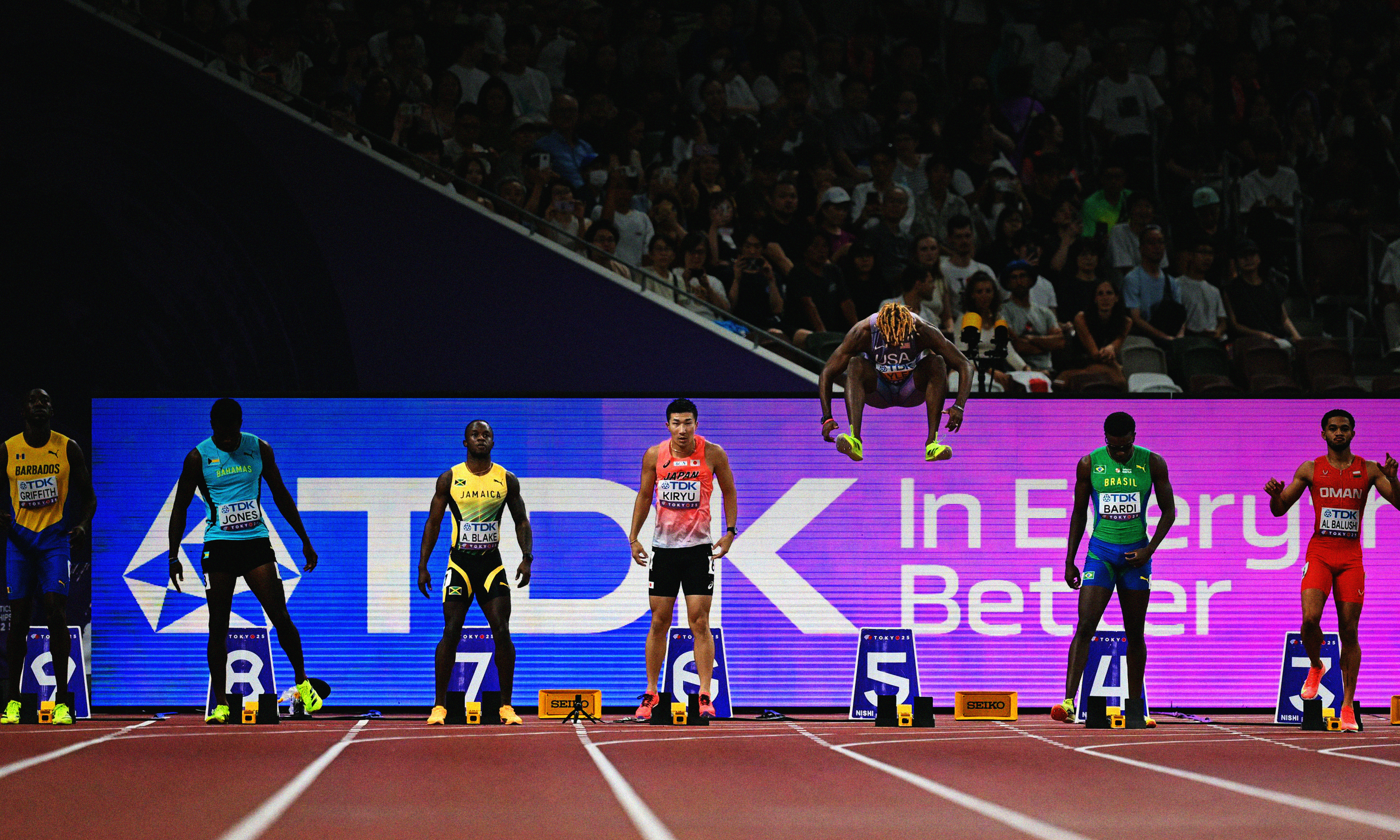Is the 800m the Hardest Event in Track & Field?
In the world of track and field, every event comes with its unique challenges, from the explosive power of the 100m dash to the mental and physical endurance of the marathon. Yet among these disciplines, the 800m stands apart as one of the most grueling races in the sport. Lasting less than two minutes, it blends the raw speed of a sprint with the endurance of a distance race, creating a paradoxical test that leaves athletes gasping for air and fighting lactic acid like no other event. This combination of speed, stamina, and strategy makes the 800m arguably the hardest race in track and field.
To understand the difficulty of the 800m, one must first consider its unique physiological demands. Unlike the 100m or 200m sprints, which rely almost entirely on anaerobic power, or the 5,000m and 10,000m races, which demand steady aerobic endurance, the 800m sits directly in between. Runners must balance explosive sprinting speed with the ability to maintain a high pace over two laps of the track. The body burns energy at an extraordinary rate, causing lactic acid to accumulate rapidly, often making the last 200 meters feel like a battle against one’s own legs. This balance of speed and endurance places the event in a category of its own.
Beyond physical demands, the 800m requires tactical intelligence. Unlike longer races, there is little room to recover from mistakes. Go out too fast in the first lap, and the second lap will be nothing short of survival. Go out too slowly, and there may not be enough track left to catch competitors. Positioning is also critical, as being boxed in on the rail can end a race before it has truly begun. Successful 800m runners must combine physical preparation with the mental sharpness to make split-second decisions in a crowded field.
Another challenge of the 800m is the mental toughness it requires. While all races demand focus, the 800m forces athletes to confront extreme discomfort for nearly the entire race. The lactic acid burn begins early, often around the 400m mark, and intensifies with every step. Athletes must push through pain that feels unbearable, maintaining form and speed while their bodies beg them to stop. Unlike the marathon, where runners can pace themselves and settle into a rhythm, the 800m offers no such luxury. It is a race of sustained suffering.
For many athletes, the difficulty of the 800m lies in its deceptive simplicity. At first glance, two laps around the track may seem less demanding than a 10,000m or marathon. Yet this perception overlooks the intensity required. Running one lap at near-sprint speed is difficult enough; doubling that effort pushes the body beyond its normal limits. The 800m compresses the extremes of sprinting and distance running into a window of less than two minutes, leaving runners with no margin for error.
The history of the 800m further illustrates its difficulty. Legendary athletes such as David Rudisha, Wilson Kipketer, and Sebastian Coe have shown what is possible when speed and endurance are perfectly combined. Rudisha’s world-record run at the 2012 Olympics, where he led from start to finish in 1:40.91, is often cited as the greatest performance in Olympic history. His ability to maintain near-sprint pace over two laps demonstrated not only extraordinary physical capacity but also the mental courage to attack the race from the gun. Few other events demand this kind of all-out commitment.
Training for the 800m reflects this dual challenge. Athletes must incorporate sprint workouts, endurance runs, and strength training into their programs. A successful 800m runner cannot afford to focus solely on one aspect of performance. They must develop the speed of a 400m sprinter and the aerobic base of a miler. This often makes training more complex and demanding compared to specialists in other events. It is not uncommon for 800m athletes to log 40–60 miles per week while still performing intense interval workouts on the track. Such preparation pushes the limits of both body and mind.
What truly sets the 800m apart, however, is its unpredictability. Because the race is so short, outcomes often hinge on fractions of a second and inches of space. A poorly timed surge, a blocked lane, or even a minor stumble can cost an athlete the race. This unpredictability makes the event thrilling to watch but agonizing to compete in. Athletes step onto the track knowing that one mistake can undo months of preparation, and that pressure heightens the psychological strain of the event.
Despite these challenges, the 800m has a unique appeal. For many, it is the purest test of both athletic ability and mental resilience. The event demands total commitment and reveals who is willing to embrace pain in pursuit of victory. Runners often describe the 800m as a race against themselves as much as against their competitors, since success requires pushing beyond one’s limits. In this sense, the event captures the essence of running: testing the boundaries of human endurance and spirit.
In conclusion, the 800m stands out as one of the most demanding events in track and field because it fuses speed, endurance, tactics, and mental toughness into a race that is over in less than two minutes. Unlike longer races, it offers no time for recovery, and unlike shorter sprints, it requires endurance that taxes every system of the body. The result is a uniquely punishing event that challenges athletes to embrace discomfort and race on the edge of collapse. For these reasons, the 800m deserves recognition as not just a race but as one of the ultimate tests in all of sport.













